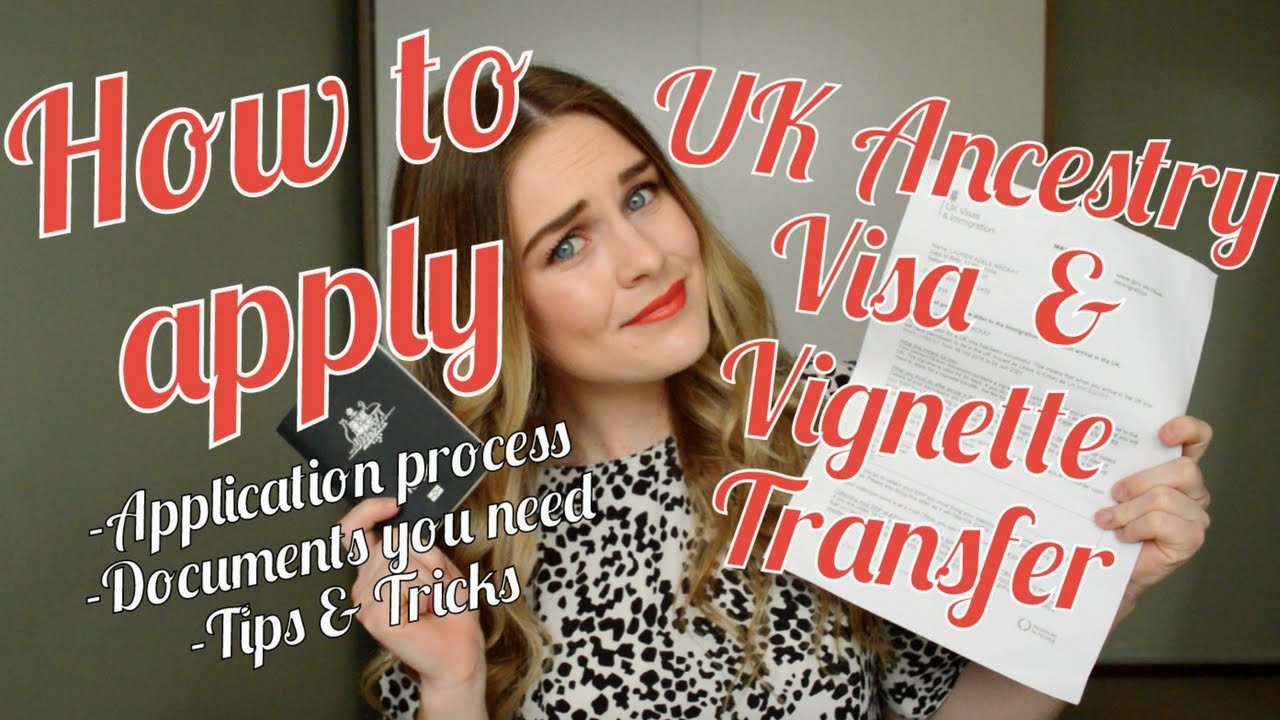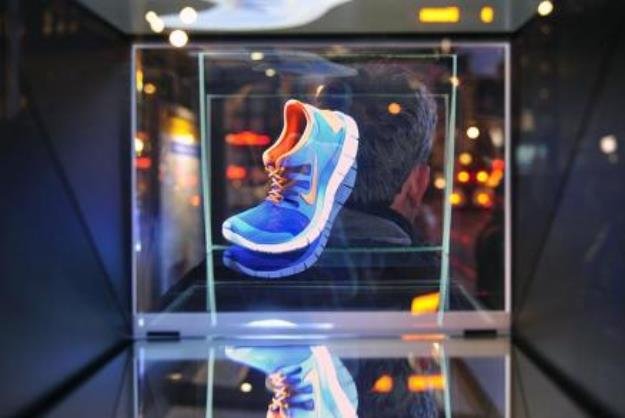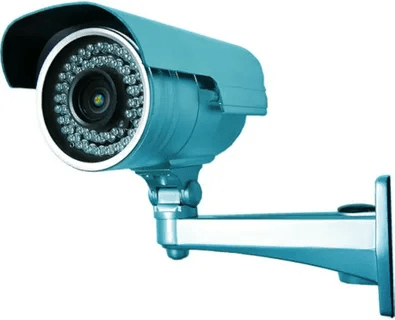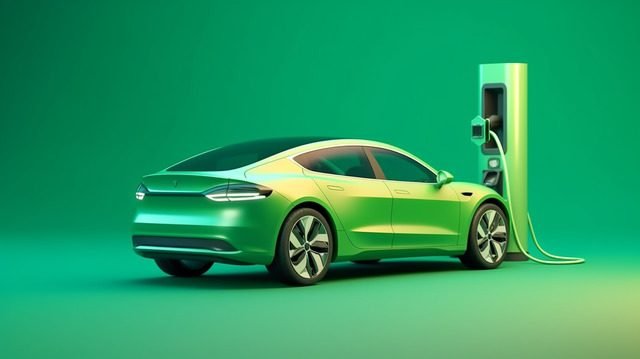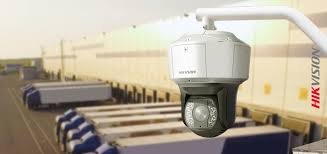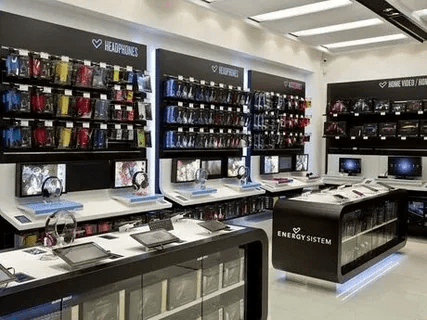When it comes to making Flutter apps stand out, custom animations are a Revolutionary. Flutter offers developers a powerful toolkit to create simple, expressive animations that enhance the user experience. These animations can be as simple as a button press animation or as complex as a multi-stage, interactive transition. In this guide, we’ll discuss how custom animations can enhance your Flutter app development and why they’re an essential skill to master.
Why Custom Animations Matter
Custom animations in Flutter can help to make your app feel more dynamic and engaging. Whether it’s providing visual feedback, guiding user navigation or simply adding a touch of flair, animations can significantly improve the overall experience. Here’s why incorporating them is crucial:
- Engagement: Well-designed animations draw users’ attention and make the app feel more interactive.
- User Guidance: Animations are perfect for directing users’ focus, like showing the transition between screens or highlighting new features.
- Brand Identity: Custom animations allow you to bring a unique character to your app, making it more memorable and consistent with your brand.
Therefore, we suggest flutter application development company in India that help in every situation for completing the application with user-friendly and best way to get wider.
Types of Custom Animations in Flutter
Flutter allows developers to create various types of animations that range from subtle changes to complex transitions. Understanding the different types helps you to choose the right animation for your app’s needs:
- Implicit Animations: These are straightforward animations that don’t require much control. They animate properties of widgets (like size, colour or position) automatically when their values change. Implicit animations are ideal for simple visual enhancements.
- Explicit Animations: If you need more control over the animation process, explicit animations give you the flexibility to manually manage the start, progress and end of animations. They allow for complex transitions and movements, making them perfect for creating unique user experiences.
- Tween Animations: Tweening (short for in-betweening) allows you to animate between two values over time. Flutter’s Tween class helps developers to control how a widget’s properties evolve, ensuring that the transition feels smooth and seamless.
- Physics-Based Animations: These animations mimic natural forces like gravity or friction, adding a touch of realism. They can be used to create more interactive and dynamic animations, such as dragging or bouncing effects.
Creating Custom Animations: Key Concepts
To create custom animations in Flutter, you’ll need to familiarize yourself with a few core concepts. While the tools available in Flutter simplify animation development, understanding the principles behind them is essential to crafting smooth, performant animations.
- AnimationController: The AnimationController is the heart of any custom animation. It drives the animation’s progress, determining when it starts, how it moves and when it finishes. The controller defines the duration of the animation and its behavior.
- Curves: Curves in Flutter define how an animation progresses over time. By default, animations use a linear curve, which means the animation moves at a constant speed. However, custom curves like EaseIn, EaseOut or BounceIn add variation, making the animation feel more natural and expressive.
- Tween: A Tween defines the range of values a property can take during the animation. For example, you might animate the size of a widget from 100 to 200 pixels. Tweens help you to interpolate between these values, creating smooth transitions.
- AnimatedBuilder: The AnimatedBuilder widget is used to rebuild parts of your widget tree in response to animation updates. It allows you to update the UI without rebuilding the entire widget, making your app more efficient and responsive.
Best Practices for Custom Animations in Flutter
While custom animations can significantly enhance the user experience, there are a few best practices to keep in mind to ensure they’re effective and don’t negatively impact app performance.
- Keep It Simple: Overloading your app with too many animations can overwhelm the user. Use animations sparingly to highlight key actions or transitions.
- Performance Considerations: Animations can be resource-intensive, especially when using complex customizations. Ensure that animations are optimized for performance, particularly on lower-end devices. The RepaintBoundary widget is useful for offloading rendering to a separate layer to reduce overhead.
- Consistency: Animations should be consistent with the app’s design language. For example, a bouncing button may work for a playful app, but not for a business or finance app. Make sure animations align with the overall tone of the app.
- User Control: Some animations should be interactive. For instance, swiping gestures can trigger animations or user taps can initiate certain transitions. Providing users with control over animations increases engagement and improves the experience.
- Test Across Devices: Different devices may render animations differently based on their hardware and performance capabilities. Always test on multiple devices to ensure animations look smooth and behave as expected.
Tools to Enhance Your Flutter Animations
Flutter’s ecosystem provides several tools and packages to make custom animation development easier:
- Flutter Animation Library: This library provides a set of pre-built animations you can use to save time. It offers everything from simple fades to complex 3D rotations.
- Lottie for Flutter: Lottie is a popular animation tool that allows you to include high-quality vector animations in your app. It’s particularly useful for integrating animated icons or illustrations.
- Flare: Flare is a tool for designing and implementing complex, interactive animations. With Flare, you can create vector-based animations and import them into your Flutter app easily.
Conclusion
Custom animations are an excellent way to enhance the user experience in Flutter app development. By integrating animations thoughtfully and efficiently, you can create dynamic and engaging apps that captivate users. While Flutter provides robust tools and packages for animation development, understanding key concepts like AnimationController, Tween and Curves is crucial to mastering the craft. Always keep performance, simplicity and consistency in mind and don’t hesitate to experiment with advanced techniques to bring your animations to life.

